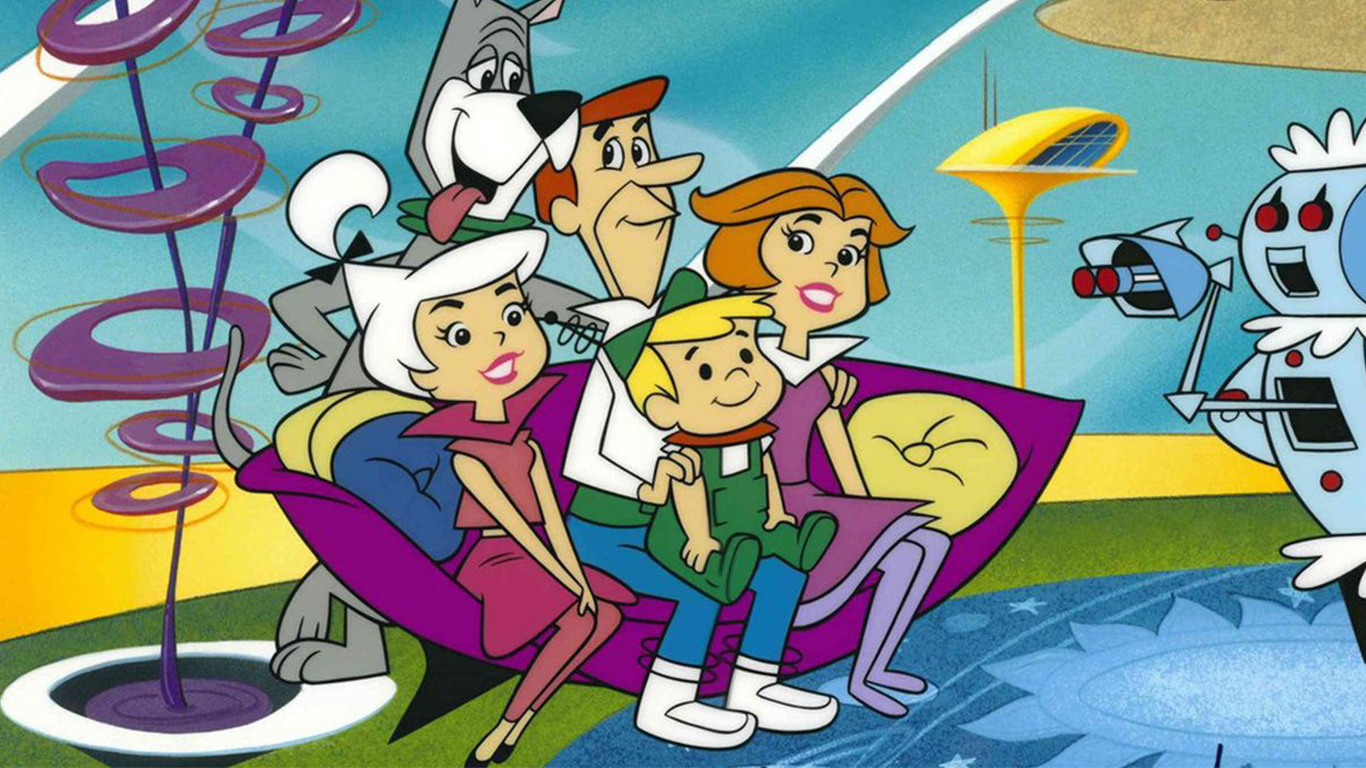Where you come down in the current debate (war?) over which industry will control the living room TV set depends largely on whether you believe that entertainment is a top-down or a bottom-up industry. We have lived with the top-down model for more than half a century now, but the challenger is gaining strength.
Americans for decades took what the TV industry offered, when it offered it and at the price (free, with advertising, for broadcast) at which entertainment was offered. Then came home VCRs. Consumers could tape the TV shows they wanted and view them at any convenient time. The TV content producers fought back, suing Sony Corp. (NYSE: SNE) for copyright infringement.
The U.S. Supreme Court ruled in 1984 that making a VCR copy for private, non-commercial use was legal. That ruling was the beginning of the end for the top-down model because it fostered among consumers a belief that they have an inalienable right to be entertained when, where and how they choose, and that as long as they do not violate copyright law they should be left alone to do as they please. (Some, of course, don’t care about copyright either, but that is another story.)
The bottom-up model, exemplified by streaming Internet providers like Netflix Inc. (NASDAQ: NFLX), is waging a battle that many people think is already lost. In a story on the future of TV, Barron’s points out that even though “investors seem to think innovation is the sole domain of disrupters like Netflix and Amazon.com [Inc. (NASDAQ: AMZN)], [but] that’s not the whole story.”
What Barron’s sees as content providers’ brainpower is actually nothing but greed.
Networks like CBS Corp. (NYSE: CBS), NBCUniversal (owned by Comcast Corp. (NASDAQ: CMCSA)) and ABC (owned by Walt Disney Co. (NYSE: DIS)) do not want disruption. And in the face of disruption what do they do? They take hostages — witness the current dispute over carriage fees between CBS and Time Warner Cable Inc. (NYSE: TWC) — or try to copy the disrupters in some half-baked fashion — witness the failure of Disney and its partners to sell Hulu because they wanted top dollar for the streaming service without including broadcast rights. In other words, they want it all, just like the days before 1984. Those days are so gone.
The other contenders for control of the TV set are cable providers like Time Warner, Comcast and Cablevision Corp. (NYSE: CVC); broadband Internet providers like AT&T Inc. (NYSE: T) and Verizon Communications Inc. (NYSE: VZ); and technology companies like Apple Inc. (NASDAQ: AAPL), Google Inc. (NASDAQ: GOOG) and Intel Corp. (NASDAQ: INTC).
The broadband providers are trying to offer tiered service levels, charging more for faster connections and encouraging customers to use more bandwidth. This is an example of something that cannot go on forever, so it will have to stop.
The technology companies’ problem is that the content companies are scared to death of them. The takeover of the music business by Apple’s iTunes looks like a harbinger of what could happen to TV content providers if they do not stand firm. What the content industry fails to see is that the music industry was being killed by piracy, and that iTunes actually saved rather than destroyed it. Another example of TV’s vast brainpower at work.
So, who wins? A betting man could do worse than wager on Google’s YouTube. The company’s experimentation with a pay-TV model is just beginning, but if YouTube can figure out a way to get high-quality content to consumers at a reasonable price, its already vast user base will carry YouTube to another level of profitability.
In the end, of course, consumers will prevail because they will vote with their wallets. Or maybe everyone will take John Prine’s advice: “Blow up your TV.”
Thank you for reading! Have some feedback for us?
Contact the 24/7 Wall St. editorial team.





